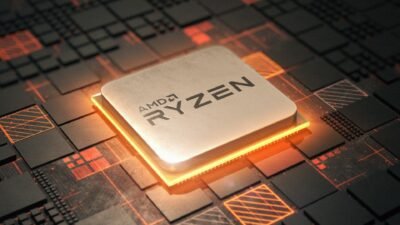Notebook manufacturers are likely to increase prices in the second half of the year

Because the imposed lockdowns in China have led to the closure of many electronics factories, more and more components are becoming scarce. Therefore, combined with rising logistics costs and other factors, strong price increases are expected for notebook computers.
Such as the Taiwan branch service DigiTimes According to reports, PC and notebook manufacturers expect to have to increase their prices soon. Manufacturers expect price increases for the second half of 2022 due to various factors, also because they can no longer absorb their rising costs due to low margins and therefore have to pass them on to customers.
Getting Difficult
The reasons are many. On the one hand, the transport system in China has been hit hard by the lockdowns in regions important for the electronics industry, which means that the components needed for the construction of devices can no longer be delivered as quickly as usual. Because truck drivers are also affected by the curfew, significantly less transport capacity is available.
In addition, logistics chains have also become confused when shipping finished products by sea, causing more and more suppliers to switch to transporting their goods by air. However, the increased demand in this area and the sharp rise in fuel costs as a result of the war in Ukraine mean that prices for air freight continue to rise here too. As the authorities in Shenzhen and Shanghai respond to the increasing spread of the coronavirus in the omicron variant with more and more extensions of the curfews, the shortage of components is increasing.
After the measures were limited to a period of several weeks when they were introduced at the end of March, there is now talk of a continuation until at least mid-May. For the hardware suppliers, this means that their production has been standing still for much longer than previously believed. This is causing shortages of cables, connectors, plastic, metal and molded parts, and printed circuit boards, adding to the already existing shortage of analog chips, they said.
Research Snipers is currently covering all technology news including Google, Apple, Android, Xiaomi, Huawei, Samsung News, and More. Research Snipers has decade of experience in breaking technology news, covering latest trends in tech news, and recent developments.












